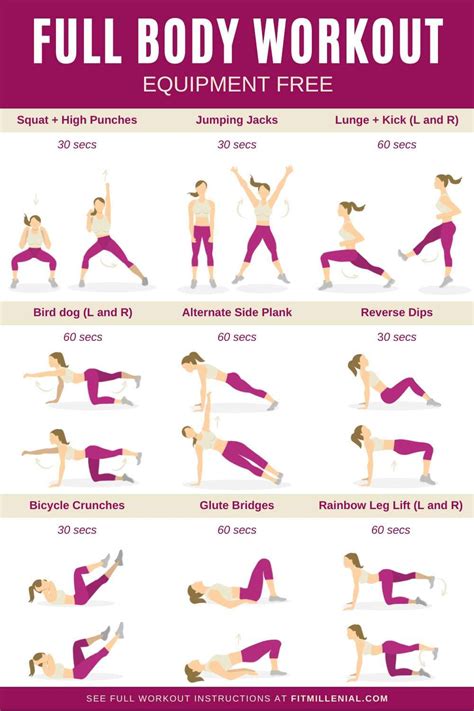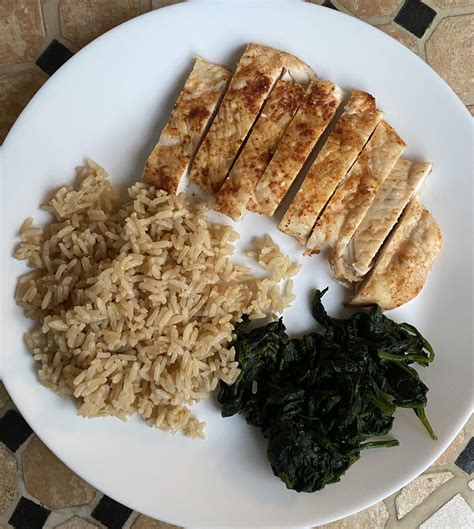How to break through a strength plateau for peak performance gains?

Every dedicated lifter eventually faces it: the dreaded strength plateau. You’ve been consistently hitting the gym, pushing yourself, and seeing progress, but suddenly, your lifts stall. The weights that once felt challenging but achievable now seem immovable. This isn’t just frustrating; it can be demoralizing. But don’t despair—a plateau isn’t a dead end; it’s an invitation to refine your strategy and unlock new levels of performance. Breaking through requires a smart, systematic approach, moving beyond simply “trying harder.”

Understanding the Plateau Phenomenon
Before we break through, it’s crucial to understand why plateaus occur. Your body is an incredibly adaptive machine. When you consistently expose it to the same stressors (your current workout routine), it eventually adapts to that stimulus, becoming more efficient. This adaptation leads to initial strength gains, but once it fully adapts, the stimulus is no longer novel or challenging enough to provoke further growth or strength increases. Other factors like central nervous system (CNS) fatigue, insufficient recovery, poor nutrition, or even mental burnout can contribute.
Strategies to Shatter Your Strength Plateau
1. Master Progressive Overload Beyond Just Adding Weight
Progressive overload is the fundamental principle of strength training, meaning you must continually challenge your muscles more than they’re accustomed to. While adding weight is the most obvious form, it’s not the only one. When weight stalls, explore other avenues:
- Increase Reps or Sets: If you can’t add weight, try to complete more reps with the current weight or add an extra set.
- Decrease Rest Times: Shorter rest periods between sets increase the density and intensity of your workout.
- Improve Form and Tempo: Slower, more controlled movements (increasing time under tension) can make a lighter weight feel much harder and stimulate new growth.
- Increase Frequency: If appropriate for your recovery, training a muscle group more often can provide additional stimulus.

2. Implement Periodization into Your Training
Periodization involves systematically varying your training program over time to prevent overtraining and maximize adaptations. Instead of always lifting heavy, you might cycle through different phases:
- Linear Periodization: Gradually decrease reps and increase weight over several weeks (e.g., hypertrophy phase, then strength phase, then power phase).
- Undulating Periodization: Vary rep ranges, sets, and intensity within a single week or even a single workout (e.g., heavy strength day, moderate hypertrophy day, light endurance day). This keeps the body guessing and prevents full adaptation to one stimulus.
3. Vary Your Training Stimulus and Exercise Selection
Sometimes, your body simply needs a different challenge. Switching up exercises or introducing new modalities can shock your system into growth:
- Swap Exercises: If your barbell bench press is stuck, try dumbbell presses, incline presses, or floor presses for a few weeks. Different exercises target muscles from slightly different angles and pathways.
- Introduce Accessory Lifts: Incorporate exercises that strengthen weaknesses in your main lifts (e.g., pause squats for squat plateaus, close-grip bench for bench plateaus).
- Experiment with Rep Ranges: Spend some time working in higher rep ranges (e.g., 10-15 reps) to build muscle endurance and hypertrophy, then return to lower rep ranges for strength.

4. Strategically Deload
Deload weeks are essential but often overlooked. A deload involves intentionally reducing your training volume and/or intensity for a short period (typically 1 week). This allows your body, particularly your central nervous system, to recover fully from accumulated fatigue. You don’t lose strength; rather, you come back feeling refreshed, stronger, and ready to push through the plateau. Aim for a deload every 6-12 weeks, or whenever you feel overly fatigued or performance starts to decline significantly.

5. Optimize Nutrition and Recovery
Training is only half the battle. Your body builds muscle and strength outside the gym. Neglecting nutrition and recovery will inevitably lead to plateaus:
- Caloric Intake: Ensure you’re consuming enough calories to support muscle growth and intense training. If you’re in a significant deficit, strength gains will be difficult.
- Protein Intake: Adequate protein (e.g., 1.6-2.2g per kg of body weight) is crucial for muscle repair and synthesis.
- Sleep: Aim for 7-9 hours of quality sleep per night. This is when most hormonal recovery and muscle repair occurs.
- Stress Management: Chronic stress elevates cortisol, which can hinder recovery and muscle growth.
- Hydration: Dehydration significantly impairs performance.
6. Refine Your Technique and Mind-Muscle Connection
Sometimes, a plateau isn’t about lack of strength but inefficient movement. Film your lifts and analyze your form. Even minor technique flaws can limit your potential. Focus on a strong mind-muscle connection, ensuring the target muscle group is doing the work throughout the entire range of motion. This can often unlock hidden strength.

Conclusion: The Path to Continuous Gains
Strength plateaus are a natural part of any long-term fitness journey. They are not failures but signals that your body needs a new stimulus or more focused recovery. By implementing a combination of these strategies—rethinking progressive overload, embracing periodization, varying your training, strategic deloading, and optimizing nutrition and recovery—you can effectively break through those frustrating barriers. Stay patient, stay consistent, and remember that adaptability is key to continuous growth and peak performance gains.









